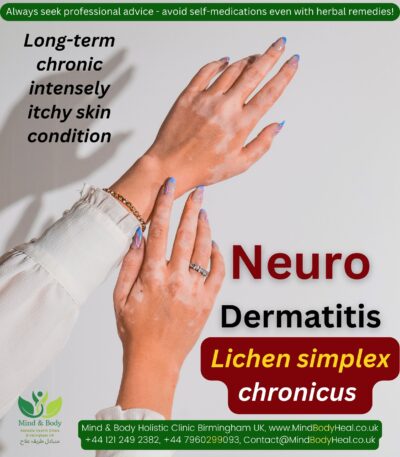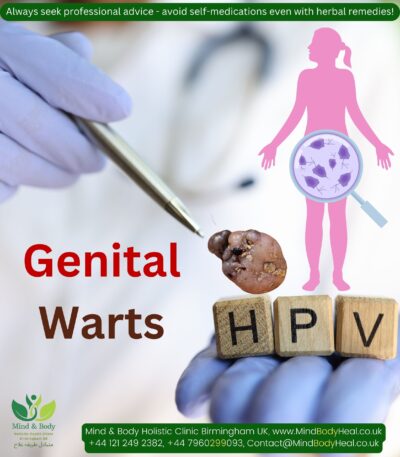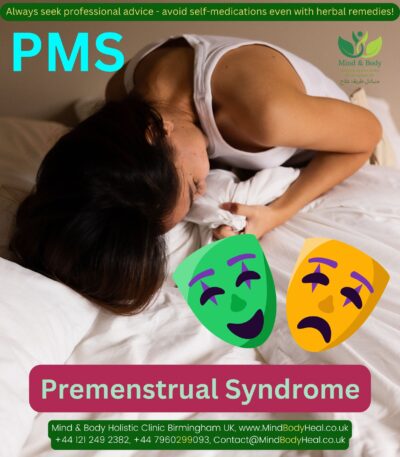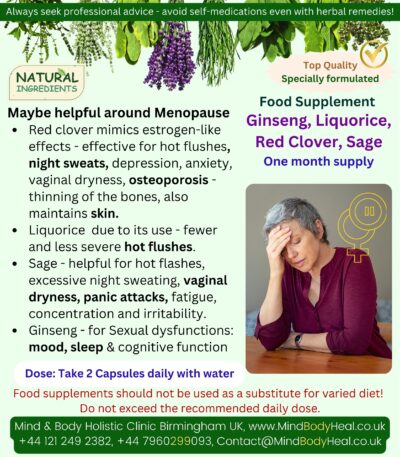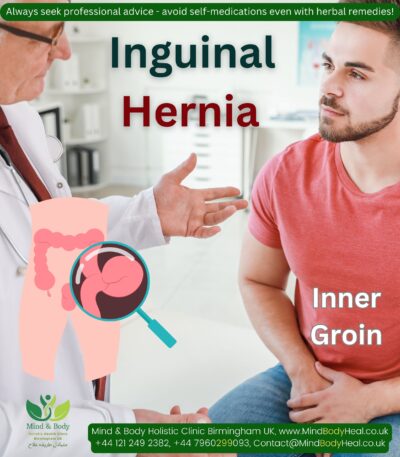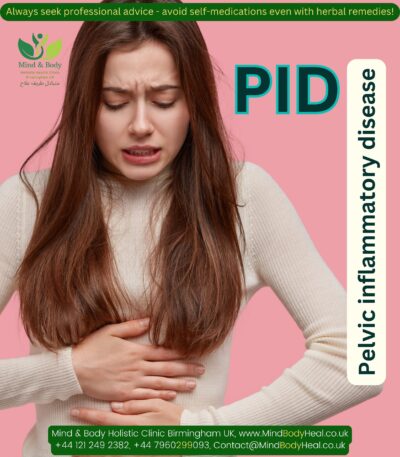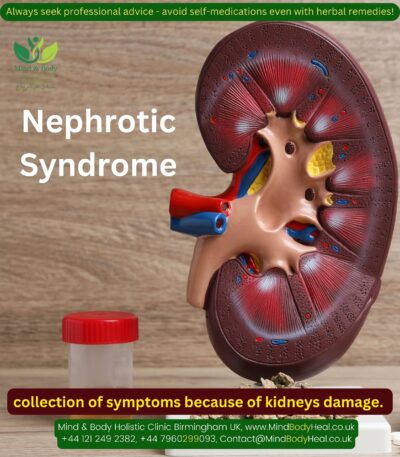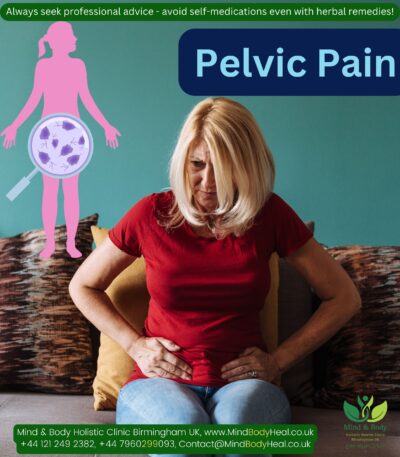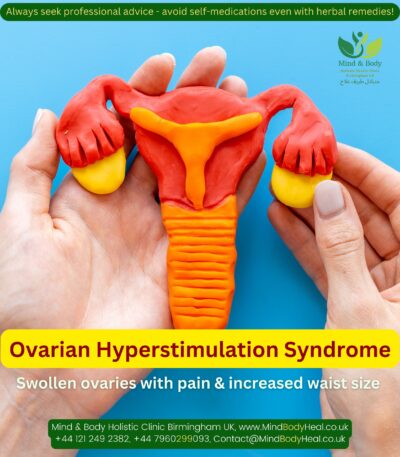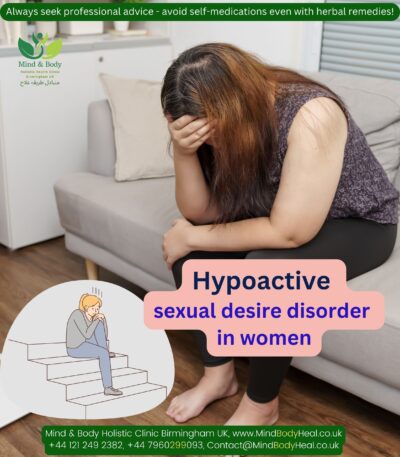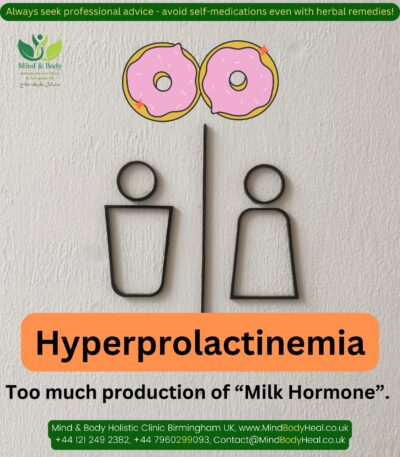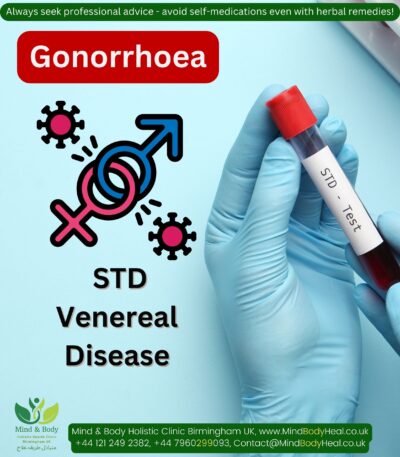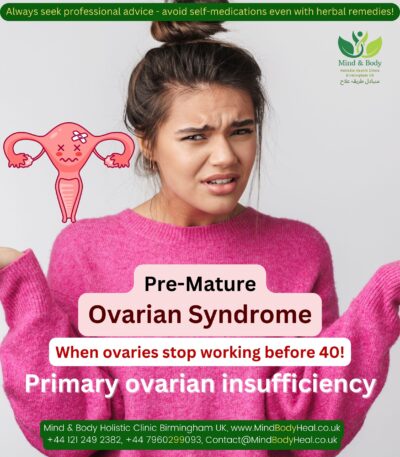Sexual dysfunction in women due to diabetes
- Diabetic Neuropathy often damages the nerves that affect the sex organs, which may cause vaginal dryness or difficulty with lubrication and such women experience more dyspareunia or pain and discomfort during sexual intercourse.
- Reduce blood flow towards female sexual organs can cause issues like slow orgasms or arousal, lack of sensations or sexual response.
- Women with diabetes may also experience a decrease in sexual desire or loss of libido.
- Females with elevated blood sugar also have a higher tendency of having repeated thrush, urinary tract infection and bladder problems.
Sugar (specifically, glucose) is the primary source of energy or fuel for every cell in our body – the brain, the heart, or the muscles that help you walk.
As the food is digested, the sugars are changed into glucose. The glucose then travels throughout the body via the blood and is absorbed by insulin for energy.
Normal glucose levels:
Fasting: 80 – 110 mg/dl.
Post meals up to 140 mg/dl.
Bedtime between 100 and 160 mg/dl.
Insulin Sensitivity: Insulin is a tiny molecule an essential hormone or enzyme that controls your blood sugar levels – makes this absorption possible.
Insulin is made in your pancreas (a gland behind and below the stomach) and helps move sugar from your blood into your cells for storage. When cells are insulin resistant, they can’t use insulin effectively, leaving your blood sugar high.
Under normal conditions our blood sugar is usually balanced, with minor peaks after a meal. But consuming an excess of cookies, soft drinks or processed foods that contain simple sugars, combined with inactivity and a sedentary life, can cause blood glucose levels to rise rapidly. In response, the pancreas produces excess insulin, which rapidly shuffles the blood sugar into cells, dropping levels to far below normal and resulting in cravings for more sugar.
Over time this effect can make the cells less sensitive to insulin and more sugar stays in the blood, resulting in diabetes. This condition is called insulin resistance.
Diabetes Mellitus or hyperglycemia is a group of lifelong conditions that causes a person’s blood sugar level to become too high.
It is basically the failure of the sugar regulating organs within the body.
It is a metabolic disorder in which utilization of blood glucose by the cells of the body is impaired, leading to high levels of glucose in blood and excessive excretion of glucose in the urine.
Diabetes is an illness that damages many organs in the body, including the heart and blood vessels, nerves, kidneys, and eyes.
Most of this damage is believed to be caused by the toxic effects of abnormally high blood sugar, although other factors may play a role as well.
Too much sugar in the blood can lead to serious health problems. Food like white flour and sweets etc., tend to exhaust the pancreas, and therefore lead to type 2 diabetes.
The main cause of high blood glucose levels in the body is decreased production of insulin or the body does not properly utilize insulin!
Various types of Diabetes: Diabetes affects people of all ages, genders and racial / ethnic backgrounds.
- Pre-Diabetes when blood sugar levels are higher than normal. But the blood sugar levels aren’t high enough to be called diabetes. And prediabetes can lead to type 2 diabetes unless steps are taken to prevent it. Potentially reversible diabetes condition.
- Gestational diabetes happens during pregnancy and may go away after the baby is born. Appear in about 2 -5% of all pregnant women who never had diabetes. It is temporary and fully reversable. But, about 20-50% of these women develop type II diabetes within 5 – 10 years.
- Type 1 diabetes can start at any age. But it often starts during childhood or teen years. In this type the insulin-secreting cells of the pancreas are destroyed (probably by a viral infection), and blood insulin levels drop nearly to zero.
- Type 2 diabetes, the more common type, can develop at any age, but is more common in people older than 40. But type 2 diabetes in children is also increasing. In this type insulin remains plentiful, but the body does not respond normally to it.
Some other types of diabetes – that do not fit in to gestational, type I and type II diabetes.
- Genetic defect in beta cells.
- Genetically related insulin resistance.
- Diseases of pancreas.
- Caused by hormonal defects.
- Caused by chemicals or drugs.
- Malnutrition-related diabetes mellitus (MRDM)
In both forms of diabetes Type 1 or Type 2, the blood sugar reaches toxic levels, causing injury to many organs and tissues.
Prediabetes, type 2 diabetes and gestational diabetes are more common in people who are overweight or obese.
Common Symptoms of Diabetes.
Some people, especially if they have prediabetes, gestational diabetes or type 2 diabetes, may not have symptoms.
In type 1 diabetes, symptoms tend to come on quickly and be more severe.
Some of the combined symptoms of type 1 & type 2 diabetes are:
- Unintentional weight loss without trying.
- Feeling fatigues, tired and weak.
- Feeling irritable or having other mood changes.
- Blurry vision.
- Slow-healing or non-healing wounds / sores.
- Getting a lot of recurrent infections, such as gum, skin and vaginal infections.
- Polyuria – Increase in frequency of urination especially at night where a person has to get up 5-6 times to urinate.
- Increased thirst or dryness of mouth
- Polydipsia – Increased thirst than usual.
- Dehydration
- Increased appetite
- Irritability
- Pain in calf muscles
- Nausea / Vomiting
- Abdominal pain
- Headaches
- Impotency in males
- Frequent vaginal infections in females
- Presence of ketones in the urine. Ketones are a byproduct of the breakdown of muscle and fat that happens when there’s not enough available insulin.
- Ketoacidosis (acidic blood)
- Diabetic coma
Diabetes affects really all the system. If not controlled effectively
- i) Blood vessels of eyes- causing damage.
- ii) In arteries causes fat deposition which reduce blood supply to distant parts.
- iii) In case of injury – it causes infections which may lead to gangrene.
- iv) Kidney is also affected and may lead toward renal failure etc
- v) Heart is also affected with uncontrolled diabetes. e.g. Hypertension, heart attack
POSSIBLE CAUSES OF DIABETES IN GENERAL
The exact cause of most types of diabetes is still unknown but it may be caused by a combination of genetic or environmental factors, few of which are mentioned below:
- Mostly diabetes is hereditary or with a family history.
- Having uncontrolled blood sugar — this is the biggest risk factor for all complication of diabetes
- Dietary factors – too much of fats, little or no fruits, very little vegetables and minimum fibres.
- Being overweight or obese
- Living a sedentary lifestyle
- Smoking cigarettes
- Having high amounts of fat in the blood, high cholesterol or high blood pressure.
- Severe illness or severe infections, viral ones.
- Chronic pancreatitis.
Risk factors
- The presence of diabetes immune system cells (autoantibodies) can increase risk of developing type 1 diabetes.
- Race or ethnicity – including Black, Hispanic, American Indian and Asian, Pacific islanders — are at higher risk.
- The number of people who have type 1 diabetes tend to be higher as you travel away from the equator.
- Type 1 diabetes can appear at any age, but it appears at two noticeable peaks. The first peak occurs in children between 4 and 7 years old. The second is in children between 10 and 14 years old.
- The risk of type 2 diabetes increases with age, especially after age 35.
- Obesity – Storing fat mainly in the abdomen — rather than the hips and thighs — indicates a greater risk.
- The risk of type 2 diabetes is higher in men with a waist circumference above 40 inches and in women with a waist measurement above 35 inches.
- The less active a person is, the greater the risk.
- Blood lipid levels with low levels of high-density lipoprotein (HDL) cholesterol — the “good” cholesterol — and high levels of triglycerides.
- Polycystic ovary syndrome. Having polycystic ovary syndrome — a condition in females with irregular menstrual periods, excess hair growth and obesity etc. increases the risk of diabetes.
Type I diabetes also known as insulin dependent diabetes and is usually diagnosed in children and young adults.
Type I diabetes present in some people since birth is termed as Juvenile diabetes.
In type 1 diabetes, the body produces insufficient insulin to regulate blood glucose levels. Without the presence of insulin, many of the body’s cells cannot take glucose from the blood and therefore the body uses other sources of energy.
In type 1 diabetes, there’s no insulin to let glucose into the cells. Because of this, sugar builds up in the bloodstream and can cause life-threatening complications.
People with type 1 diabetes need to inject insulin to compensate for their body’s lack of insulin and strict dietary maintenance.
Treatment is directed toward managing the amount of sugar in the blood using insulin, diet and lifestyle to prevent complications.
Type 1 diabetes symptoms can appear suddenly and may include:
- Feeling more thirsty than usual
- Urinating a lot
- Bed-wetting in children who have never wet the bed during the night
- Feeling very hungry
- Losing weight without trying
- Feeling irritable or having other mood changes
- Feeling tired and weak
- Having blurry vision
Possible causes of type 1 diabetes
The exact cause of type 1 diabetes is unknown.
But different factors, such as genetics, environmental factors and some viruses, may cause type 1 diabetes.
It is an autoimmune disease – results when the body’s immune system attacks its own body parts. Immune system or resistance power is the system that protects our body from infections and diseases.
In type I diabetes, the immune system attacks the insulin producing beta cells in the pancreas, thus pancreas produce little or no insulin.
Type 2 or NIDD is a non-insulin dependent diabetes and is the most common type in which the body is not responding effectively to insulin – termed as insulin resistance. As a result, the body is unable to take up glucose from the blood.
In the earlier stages of type 2 diabetes, the body responds by producing more insulin than it would normally need to. Depending on their level of insulin resistance, people with type 2 diabetes may also need to take insulin injections to manage their blood sugar levels.
Type 2 diabetes is a condition that happens because of a problem in the way the body regulates and uses sugar as a fuel.
This long-term condition results in too much sugar circulating in the blood. Eventually, high blood sugar levels can lead to disorders of the circulatory, nervous and immune systems.
In type 2 diabetes, the pancreas does not produce enough insulin — a hormone that regulates the movement of sugar into the cells and cells respond poorly to insulin and take in less sugar.
It is more common in older adults. But the increase in the number of children with obesity has led to more cases of type 2 diabetes in younger people too.
Symptoms of type 2 diabetes often develop slowly. In fact, one maybe living with type 2 diabetes for years and not aware of it. When symptoms are present, they may include:
- Increased thirst.
- Frequent urination.
- Increased hunger.
- Unintended weight loss.
- Blurred vision.
- Slow-healing sores.
- Frequent infections.
- Numbness or tingling in the hands or feet.
- Areas of darkened skin, usually in the armpits and neck.
Causes: Type 2 diabetes is mainly the result of two problems:
- Cells in muscle, fat and the liver become resistant to insulin as a result, the cells don’t take in enough sugar.
- The pancreas can’t make enough insulin to keep blood sugar levels within a healthy range.
Being overweight and inactive are also key contributing factors.
FURTHER COMPLICATIONS OF DIABETES
Long-term complications of diabetes develop gradually.
The longer you have diabetes — and the less controlled your blood sugar — the higher the risk of complications.
Over time, diabetes complications can affect major organs in the body.
These organs include the heart, blood vessels, nerves, eyes and kidneys which can lead to disabilities or even threaten your life.
- Hypoglycaemia – due to improper management of the disease, over exertion or over medication.
- Gestational diabetes: macrosomia (high birth weight) and birth defects.
- Diabetic coma.
- Liver failure.
- Secondary infections – tuberculosis.
- Cardiovascular or heart and blood vessel disease. Diabetes majorly increases the risk of many heart problems. These can include coronary artery disease with chest pain (angina), heart attack, stroke and narrowing of arteries (atherosclerosis).
- Diabetic neuropathy or Nerve damage from diabetes. Too much sugar can injure the walls of the tiny blood vessels (capillaries) that nourish the nerves, especially in the legs. This can cause tingling, numbness, burning or pain that usually begins at the tips of the toes or fingers and gradually spreads upward.
- Damage to the nerves related to digestion can cause problems with nausea, vomiting, diarrhoea or constipation.
- For men, it may lead to erectile dysfunction.
- Diabetic nephropathy – Kidney damage from diabetes. The kidneys hold millions of tiny blood vessel clusters (glomeruli) that filter waste from the blood. Diabetes can damage this delicate filtering system.
- Diabetic retinopathy that is eye blood vessels damage from diabetes, that could lead to macular oedema or blindness.
- Necrosis, gangrene – amputations – Foot damage. Nerve damage in the feet or poor blood flow to the feet increases the risk of many foot complications.
- Skin and mouth conditions. Diabetes may leave you more prone to skin problems, including bacterial and fungal infections.
- Hearing impairments are more common in people with diabetes.
- Alzheimer’s disease. Type 2 diabetes may increase the risk of dementia, such as Alzheimer’s disease.
- Depression symptoms are common in people with type 1 and type 2 diabetes.
DIETARY MANAGEMENT
Your blood sugar level in your blood is closely connected to what you eat, so good and balanced nutrition is most important for living a healthy life with diabetes.
Correct choice of food and in appropriate amount will help you to control your blood sugar levels, thus further preventing or delaying the complications.
There is no particular diet that will suit everyone; it depends on individual sensitivity and on the complication of the disease. Best to consult your physician before implementing any diet plans.
- Follow your doctor’s instructions.
- Do not stop or take any medications on your own.
- Monitor your blood glucose by regular blood glucose checking.
- Do regular exercise.
- Walk for at least 45 minutes regularly
- Always carry a packet of dates, candy, juice or sugar along, if you feel giddy have one or two biscuits or one sweet.
- People who are obese have a far greater tendency to develop type 2 diabetes and heart diseases than those who are relatively slim; Lose weight gradually, one or two pounds a week.
- Avoid sugar / and things which have an increased sugar content Avoid alcohol, smoking.
- Avoid high calories diet e.g. oil food buttered food etc.
- Have lots of Salads instead of oily food.
- Take extra care for your foot. In case of any bruise of cuts, blisters swelling see your doctor immediately.
- Cut toenails regularly.
- Do not walk bare footed – wear a good, padded footwear.
- Do not take appetite suppressants to control your weight. They increase blood sugar levels.
- Avoid vegetables which grow underground, e.g. potatoes, onions.
- Fruits like Chikoo, mango, bananas should be avoided and, in any case, don’t have the whole fruit but have a single slice in a day.
- Karela (Bitter gourd) juice is beneficial.
- Avoid tea, coffee, cocoa, chocolates, pastries, jam, sweets.
FREE Shipping included – Usually dispatched within 1 – 2 working days!
Are you concerned about your health or have been suffering from a chronic, recurrent health disorder?
A ready-made kit that comes with instructions as how to take or use the remedies etc., containing 2 homeopathic remedies. It is strongly suggested you to keep taking your regular medication unless you have observed a remarkable change with these remedies or have spoken with your doctor!
Give it a try, if you truly believe in Natural holistic remedies!
Ideally, complimentary remedies should go hand-in-hand with conventional treatment for optimal recovery, and you may take them along with your regular medicines, if any, for additional benefits!
All our remedies are prepared according to Hahnemann principles, using traditional method of dilution or succussion, by a fully qualified naturopath practitioner after a lot of research, proving and great success results from a number of our in-house patients having similar conditions – Still the results may vary from person to person!
Special note: While selecting the remedy from the age wise drop list – there are 3 options as per the pills size e.g., for infants under one and children between 1 – 10 years of age, we use 2 different sizes small globules, as compare to adults. You may also contact us and ask for lactose tablets if you don’t want your remedy in sucrose pills.
You may need to continue taking these remedies from few weeks to few months or until the desired results – depending upon the severity and chronicity of your condition.
You may also contact and speak to one of our naturopaths to discuss any dietary requirements or allergies you may have, or ingredients used in preparation of the above kit.
If you are looking for a particular remedy or a kit not listed on this site, please contact us, as we stock a wide range of complimentary remedies that you may need.
We also make tailor-made homeopathic remedies, as per your causative factors, physical & mental peculiar signs & symptoms etc., if you need any further information please feel free to message.
DISCLAIMER: Although, most natural remedies including herbal supplements, homeopathic remedies or aromatherapy formulations for external use etc., are generally very safe even in children and old age, we still recommend you to seek medical advice from your GP / personal health provider before making your purchase etc., if unsure.
Some patients may experience a little aggravation or worsening of their symptoms, specially in skin disorders – which is absolutely normal and a good sign, as most natural remedies tend to bring the disease in its expressive state – rather suppressing it deeper under the skin etc.
This complimentary remedies kit is taken with your own responsibility. Please avoid self-medication specially if you are pregnant, breastfeeding or have been suffering from any chronic or terminal medical conditions etc.
Due to strict UK regulations on the sale of medicinal products, we cannot give specific advice, without a face-to-face consultation.









